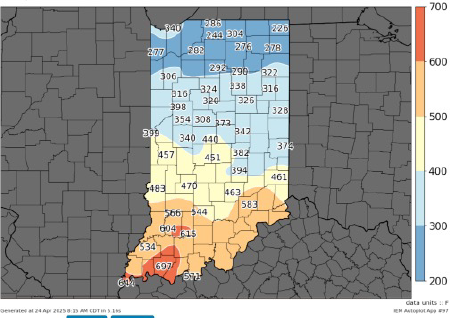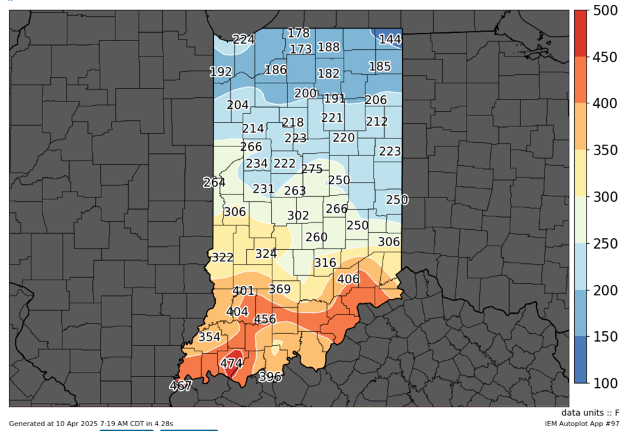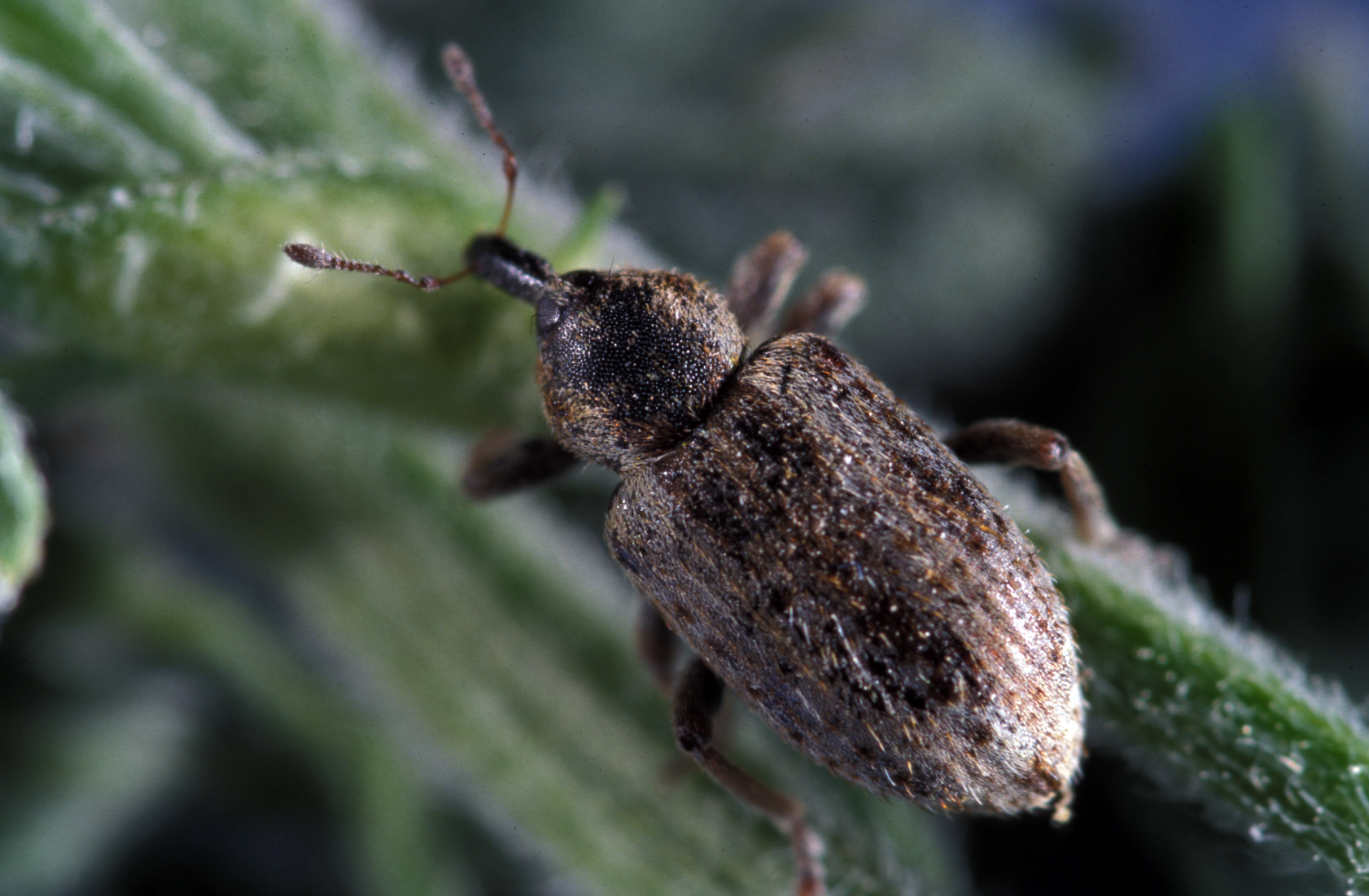
Most of the best article ideas come from observations in the field.


Most of the best article ideas come from observations in the field.

Every spring, black cutworm moths and armyworms invade our state.
As many regular readers know, our longtime IPM Specialist, John Obermeyer, retired last week after over 30 years of dedicated service.
Increasing interest in practices like cover cropping and soil health includes challenges across a range of agronomic factors, including pest management.

Pest managers throughout Indiana should be scouting their alfalfa for leaf feeding from weevil larva.
Increasing interest in practices like cover cropping and soil health includes challenges across a range of agronomic factors, including pest management.

Pest managers throughout Indiana should be scouting their alfalfa for leaf feeding from weevil larva.
Increasing interest in practices like cover cropping and soil health includes challenges across a range of agronomic factors, including pest management.

Pest managers in southern Indiana should begin scouting their alfalfa for leaf feeding from weevil larva.
Prepared and updated annually by Christina Difonzo at MSU, this is your one-stop resource for deciphering Bt corn trade names and knowing which insecticidal traits are in your corn hybrids.
© 2026 Purdue University | An equal access/equal opportunity university | Copyright Complaints | Maintained by Pest&Crop newsletter
If you have trouble accessing this page because of a disability, please contact Pest&Crop newsletter at luck@purdue.edu.